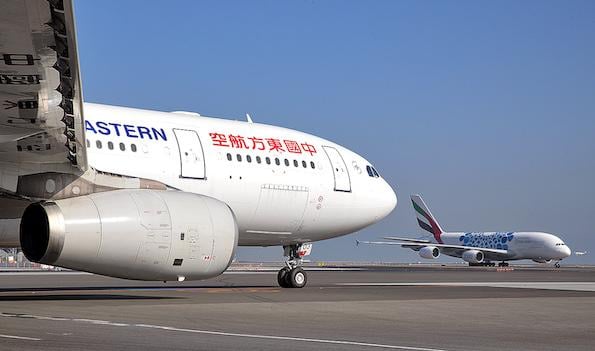
Widebody orders were strong in 2023. Surprisingly, they could be even better this year.
Credit: joepriesaviation.net
The International Air Transport Association Annual General Meeting serves two main purposes. It is the forum where the industry group can drive its own agenda, be it internal or vis-a-vis other stakeholders. And it is the sector’s best venue for deal-making. After all, almost everyone is there to...
Multiple Airlines Prepare Large Widebody Orders is available to both Aviation Week & Space Technology and AWIN subscribers.
Subscribe now to read this content, plus receive critical analysis into emerging trends, technological advancements, operational best practices and continuous updates to policy, requirements and budgets.
Already a subscriber to AW&ST or AWIN? Log in with your existing email and password.





